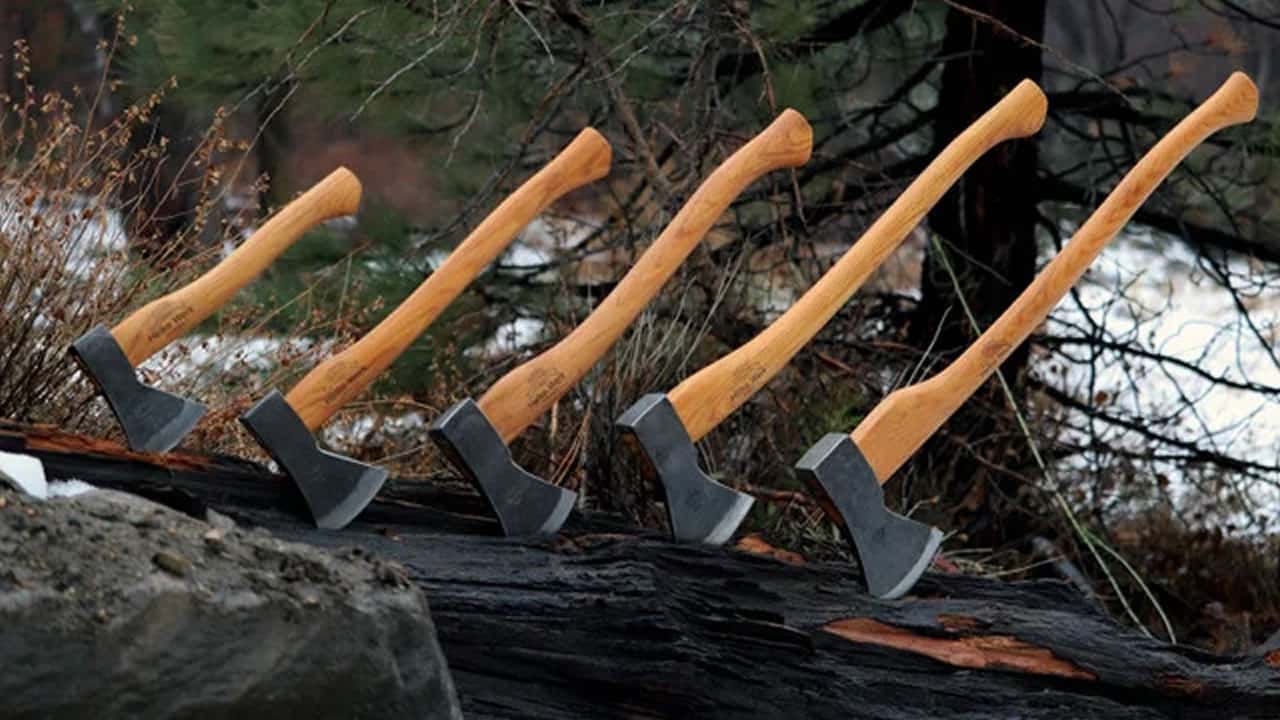
The axe is more than just a tool; it’s a symbol of survival, resilience, and human ingenuity. From ancient civilizations to modern-day campers, the axe has played a pivotal role in shaping our world. This comprehensive guide explores the multifaceted nature of the axe, its evolution, types, uses, and maintenance, revealing why it remains an indispensable tool in our lives.
Axes are one of the oldest tools used by humans, dating back to the Stone Age. Initially made from stone and later from bronze and iron, the axe has evolved but its fundamental design remains largely unchanged. It was an essential tool for survival, used for cutting wood, building shelters, and as a weapon. Throughout history, the axe has been a symbol of power and authority, appearing in folklore and mythology across various cultures.
An axe consists of two main parts: the head and the handle. The head, typically made of steel, includes the bit (or blade) and the poll (or butt). The bit is the sharp edge used for cutting, while the poll can be used for hammering. The handle, traditionally made from wood like hickory or ash, provides leverage and control. Modern axes may have handles made from fiberglass or other synthetic materials.
The versatility of the axe is evident in its various types, each designed for specific tasks:
In modern times, axes are still widely used, though their roles have diversified. It’s a tool for campers and hikers, essential for chopping firewood or clearing a campsite. In the hands of skilled artisans, axes are used for crafting and woodworking. The sport of axe throwing has also gained popularity, with leagues and competitions worldwide.
Selecting the right axe involves considering the task at hand, the material of the handle, the weight and balance of the head, and the length of the handle. For tree felling, a long-handled felling axe is ideal. For splitting firewood, a splitting axe or maul is better suited. For general camping tasks, a hatchet or a small forest axe would be sufficient.
Proper maintenance is crucial for keeping your axe effective and safe. This includes regular sharpening of the blade, proper storage in a dry place, and handling care to prevent the wood from drying out or the fiberglass from deteriorating. Inspecting your axe for damage, particularly before and after use, is essential for safety.
In survival scenarios, the axe is invaluable. It can be used to build shelter, gather and process firewood, hunt and prepare food, and even for self-defense. Its versatility in the wilderness makes it a top choice for survivalists and outdoor adventurers.
Beyond its practical uses, the axe has a rich symbolic presence in many cultures. It has represented authority, strength, and bravery. In mythology, axes are often wielded by gods and heroes, symbolizing their power and valor.
Despite technological advancements, the axe remains relevant. It continues to evolve, with new materials and designs enhancing its functionality and efficiency. The axe is not just a tool of the past; it represents a bridge between traditional skills and modern needs.
Using an axe safely requires proper technique and awareness. This includes understanding the correct stance for chopping, how to swing the axe efficiently, and knowing the safety precautions to take to avoid injuries.
Axe throwing has emerged as a popular recreational activity, promoting skill, accuracy, and sportsmanship. It has its roots in logging competitions but has now become a mainstream sport with dedicated facilities.
The axe is a testament to human resourcefulness and adaptability. From its humble beginnings to its current status as a multi-purpose tool, the axe has stood the test of time. It remains integral in outdoor activities, survival situations, and even as a sport. The enduring relevance of the axe in modern times is a tribute to its efficiency, versatility, and the timeless value of a well-crafted tool.
Whether used for clearing land, building homes, or as a survival tool, the axe has carved its place in history as a tool of great utility and significance. In a world increasingly moving towards automation, the axe remains a symbol of the hands-on approach and a connection to our past. It’s not just a tool; it’s a legacy of human resilience and craftsmanship.
Axes are tools that have been a vital part of human civilization for thousands of years. Whether used for chopping…
Axes have long held a place in our collective imagination, symbolizing strength, survival, and sometimes even terror. From ancient legends…
Bushcraft axes are a fundamental tool for survival and outdoor enthusiasts. These axes are not just tools for wood chopping…
Chopping wood is a fundamental skill, whether for a seasoned lumberjack, a homeowner managing their firewood supply, or an outdoor…
In the realm of wilderness survival skills, an axe is one of the most versatile tools you can have at…
For anyone involved in wood cutting, whether as a professional or a hobbyist, choosing the right axe is crucial. Axes…